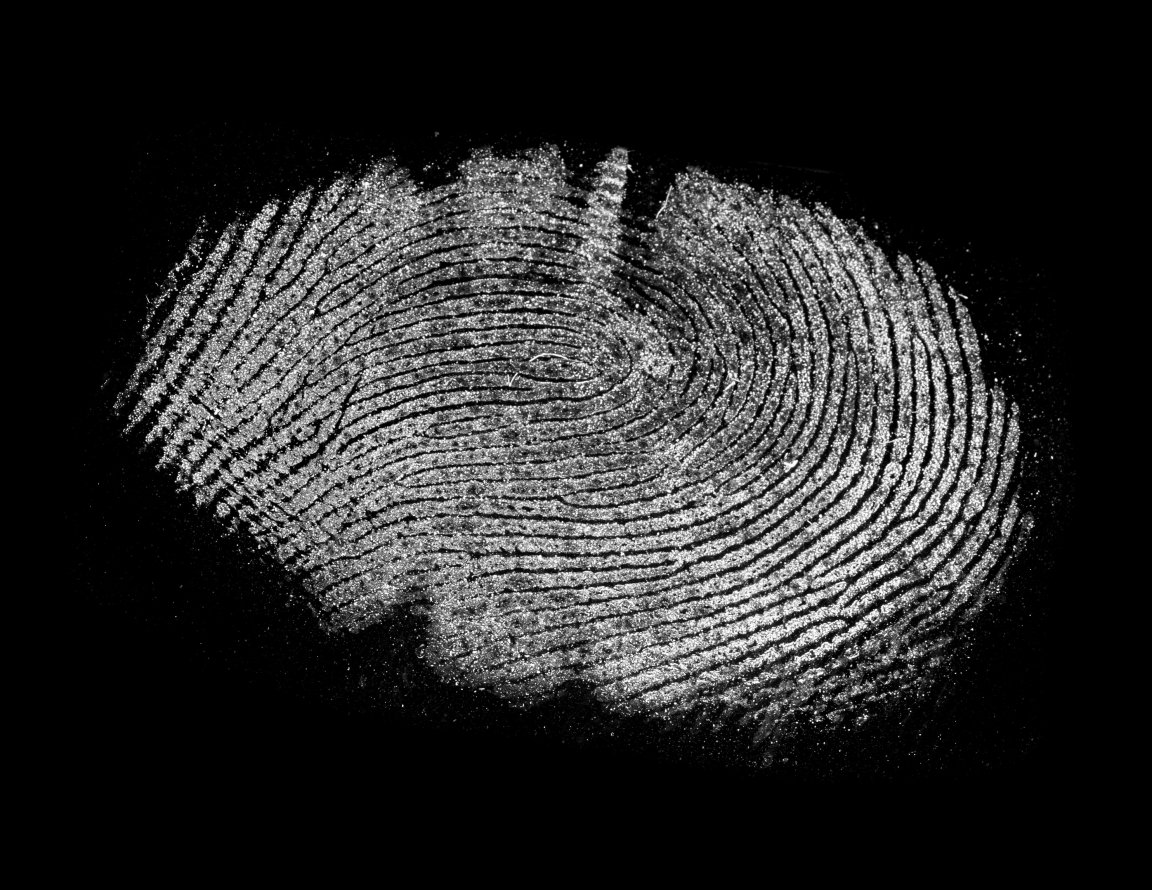
Plastic Prints
Researchers at South Korea’s Kyung Hee University have developed a technique for creating microscopic, randomly-generated wrinkles on the surfaces of plastic particles. Each set of these wrinkles is entirely unique, and can be used to create security keys that are impervious to duplication. The process is also cheaper and easier than laser etching.
Wook Park, a member of the team who created the technique, told New Scientist that it would be almost impossible to clone security keys made with this method. This high level of security arises from the process itself, which involves coating the particles in silica, soaking them in ethanol, and drying them. The drying process causes wrinkles to form in the silica layer coating the treated particles, which is the source of the fingerprint-like pattern. The drying of the materials itself causes random patterns, but so do other factors such as the presence of dust or other foreign matter in the materials and minuscule temperature irregularities.
Higher Tech Security Measures
Especially when viewed up close, the plastic wrinkles bear a notable resemblance to human fingerprints — and the resemblance is more than superficial. These synthetic prints may one day be able to replace actual human fingerprints or identity cards because each set is completely unique, and can, therefore, be reliably used to verify a person’s identity. The “fingerprint” particles could also be attached to valuables for tracking or authentication.
